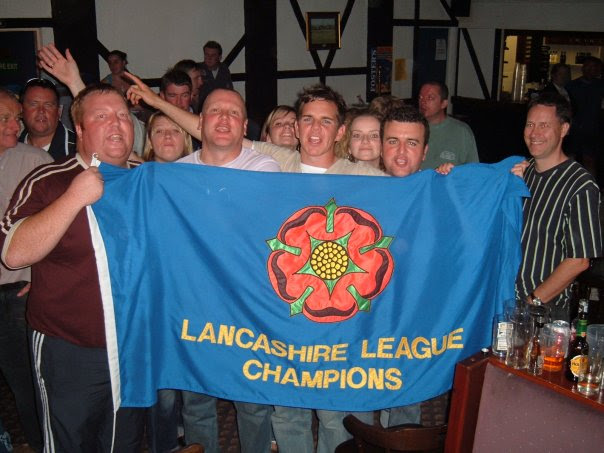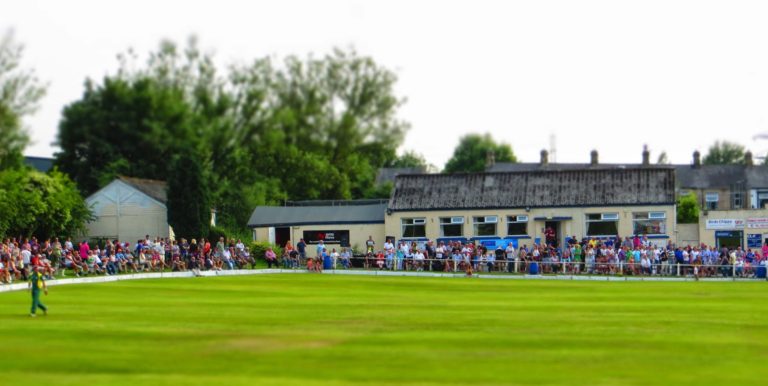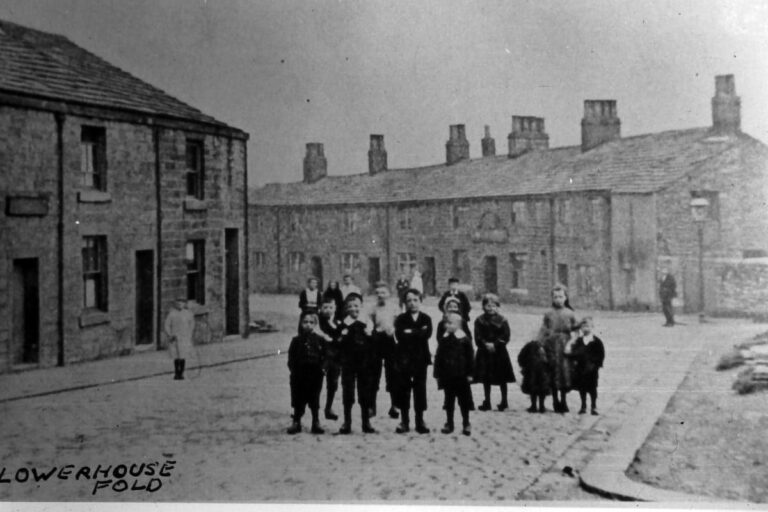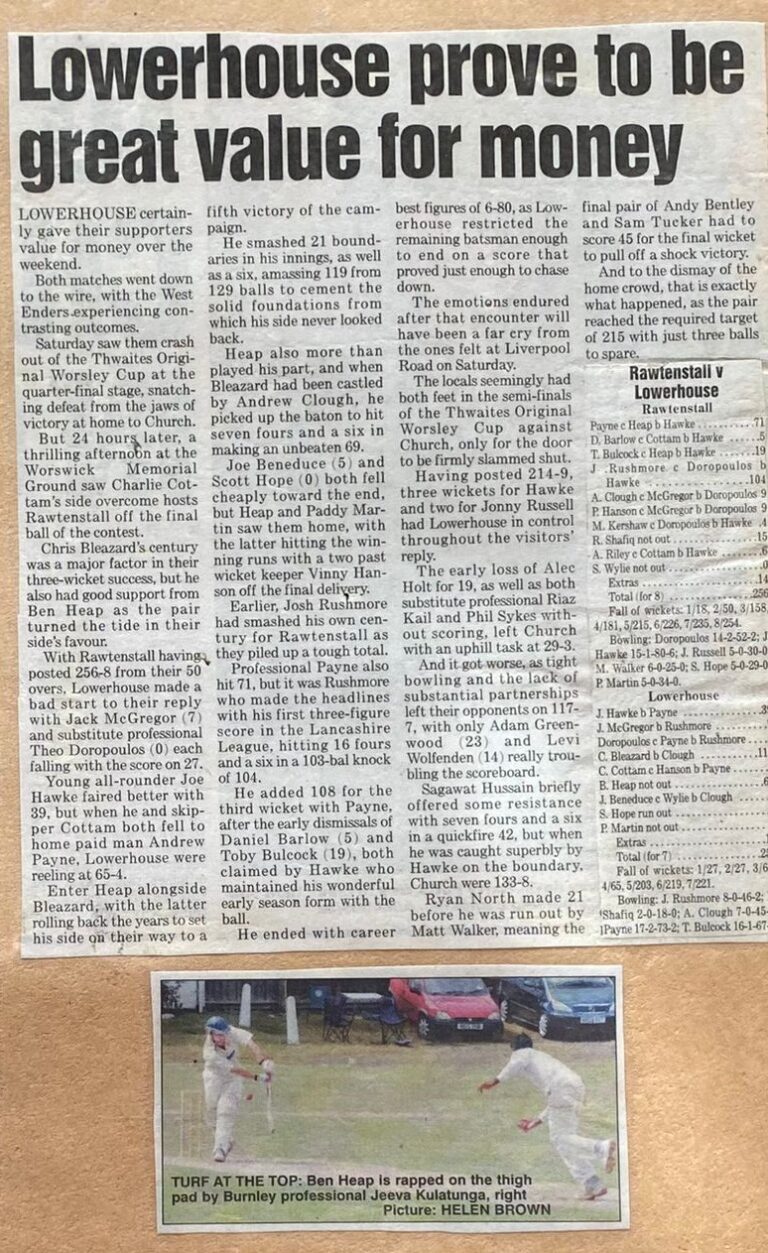Bazaar – Postscript and aftermath.
The Bazaar was a very successful event. However, Arthur Dugdale’s warning came true, in a way, for at the AGM on 2.3.1915, “owing to wretched support at matches and the unfortunate circumstances towards the close of the cricket season” the club made a loss of £78 on the 1914 season.
Was this the last Bazaar as Councillor Heap hoped? No, there were two more, when times were hard, in 1925 and 1934. We have handbooks for these too, but that’s for another day.
However, knowing that the horrors of WW1 lay ahead, turns this happy, ordinary, community event into something much more significant and poignant.
Dr. Clegg perhaps had more idea than most of what was going on in Germany. By September 1915, he was giving public lectures, explaining the causes of the war and the rise of the German Empire.
The AGM report of March 1915, lists 20 club members already in uniform. Some were young men who wanted an adventure and rushed to enlist. Some were what might be termed the Officer Class – Club Vice-President, Alan Drew, and Arthur Dugdale’s brother in law G.W. Sherston. Most of these men seem to have returned, safe if not unscathed.
Still in his teens James Walker, Uncle to Stan Heaton was one of those who rushed to join up. In June 1915, it was reported in the Burnley News that he had written to his mother from hospital in Northamptonshire. He had been injured in France by a fall of earth caused by an explosion. Whilst in France, on his way to the trenches, he regularly passed the grave of Lt. Alan Drew who was killed in action at Neuve Chapelle on March 10th, 1915.
Another early volunteer was Robert Hammond, who survived the sinking of the “Royal Edward”. More on that here
William Dowse, 22, who already being a reservist, had simply not come home from that summer’s annual camp. At the end of October 1914 he wrote to his mother to say he was in hospital in Tunbridge Wells, having been injured in the shoulder. He said that he had wanted to see life, but now after being in France and Belgium, he had seen quite enough of it. There is only one W. Dowse listed on the Burnley in the Great War website, and their records show that he ended the war as a German POW, captured in March 1918.
By 1918, a total of 80 men from the club were in uniform, including older men such as Billy Whittaker, who was killed in 1918 aged 38.
Captain Sherston survived the war but was badly injured. Col. Arthur Dugdale served with distinction being awarded the CMG and DSO but on his return severed his links with the Lowerhouse area, leaving Captain Sherston to run the business.
The once mighty cotton mill, a world leader in its day, went into receivership in 1928.
The club by contrast is still standing.
By Anne Cochrane
Sources “Lowerhouse and the Dugdales” by Brian Hall; “Images of England – Burnley,” by Michael Townend.
Otherwise contemporary newspapers, Burnley Express and Burnley News.
Tomorrow we will be posting the FULL Bazaar programme in digital form, from 1914 – it comprises of 65 pages!






